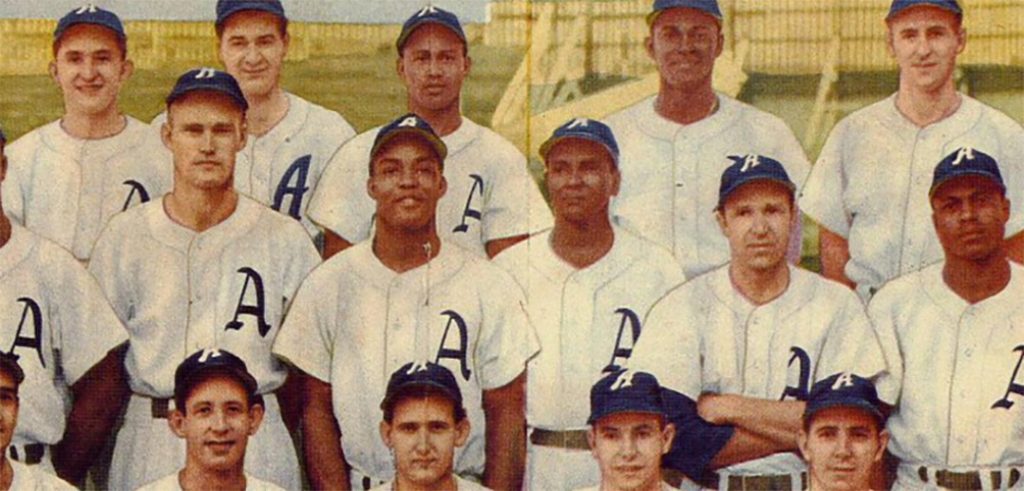In February 1947, the Brooklyn Dodgers and the team’s AAA affiliate, the Montreal Royals, including an infielder named Jackie Robinson, decamped in Havana, Cuba, to begin spring training.
Cubans, though, were for the most part impervious. Their own baseball season was experiencing the nation’s greatest pennant race between league rivals Almendares and Habanas, in which Almendares won a historic 13 of 14 games.
The arrival of the Dodgers’ in Cuba and the Cuban League’s extraordinary baseball season that winter were distinct events, but both foreshadowed the modernization of Major League Baseball by challenging white ballplayers’ monopoly of the U.S. professional game.
“A large and significant part of what we know as American baseball history actually took place outside of the geographical boundaries of the United States, in places like Havana,” said Arnaldo Cruz-Malave, PhD, director of Fordham’s Latin American and Latino Studies Institute (LALSI).
On Nov. 6 at Fordham, Cruz-Malave and author and baseball journalist César Brioso, a longtime sports journalist whose book, Havana Hardball: Spring Training, Jackie Robinson, and The Cuban League (University Press of Florida, 2015), has just been published, held a discussion on the Cuban leagues and breaking the color barrier in the sport.
Brioso, a digital producer and former baseball editor at USA TODAY Sports who immigrated from Cuba with his family when he was five months old, became enthralled with his native country’s baseball history—and how it became intertwined with that of the United States—while listening to his father’s recounting of Cuban baseball of the epoch.
“Once I learned that Jackie Robinson’s historic major league season began in Cuba in spring training, Robinson and the Cuban league became obsessions for me,” Brioso said.
Ascending to the Major Leagues
Brioso, who has also written for the Miami Herald and the South Florida Sun-Sentinel, subsequently spoke with dozens of players, managers who either participated or witnessed the Cuban League’s 1947 denouement, and Robinson’s eventual ascension to the major leagues that year.
He told of how the Mexican League for a time lured American and other professionals to that country with promises of generous contracts. Faced with the possibility of defections, Major League Baseball’s commissioner, Happy Chandler, effectively ostracized those who absconded south of the border and also those who played with or against them. An ensuing agreement between the Cuban League and Major League Baseball would for a time strengthen baseball in the island nation and nearly land a AAA affiliate in Cuba.
But perhaps the most significant outcome on the grass of that island country would be the adaptation of black, white, and Latino players to play together, on Cuban League teams, barnstorming squads, or in spring training sessions for their Major League clubs.
“That certainly helped change the way a lot of white players probably thought about African-American players,” Brioso said.
That experience eased the way for Robinson’s scaling of the color barrier and the eventual integration of the game in the United States.
“Cuban and, by extension, Latin-American cultures are an important, even a crucially important, component of U.S. American culture,” Cruz-Malave said, “especially as represented most evidently by baseball.”
The event was co-sponsored by LALSI and the Cuban Cultural Center of New York.
–Rich Khavkine

